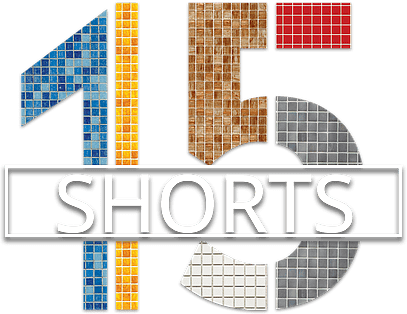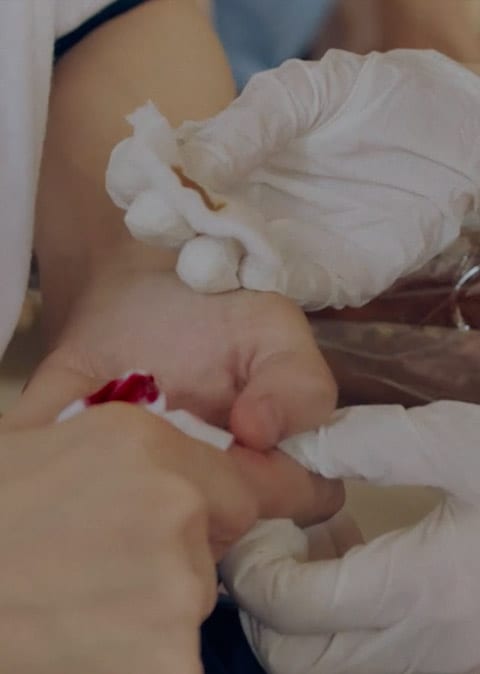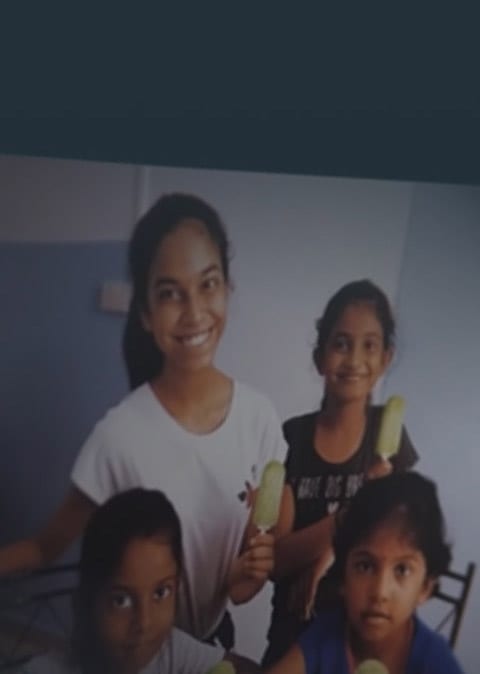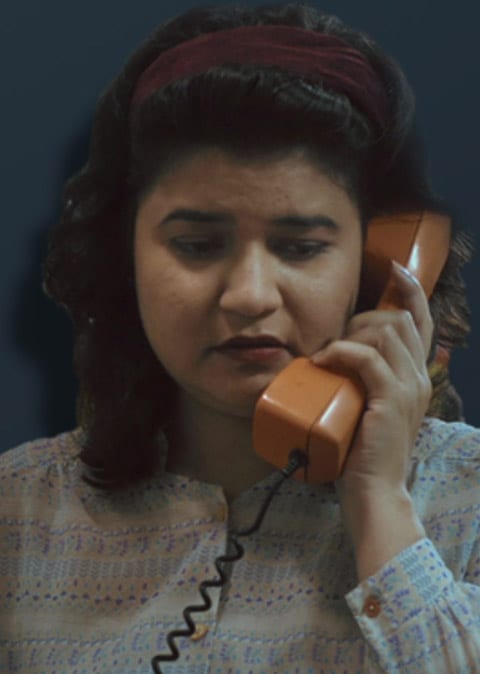Can tech play a part in overcoming barriers that People with Disabilities face? We surveyed some PWDs and geeked out over 4 tech features that are a hit.
People with disabilities (PWD) form a sizable part of our community, with 2.1% in our schools, 3.4% who are 18 to 49 years old, and 13.3% of them over 50 years old*. However, there are barriers that these persons face when it comes to joining the society and contributing their talents. What then is technology’s role in all of this?
In this article, we explore four tech features that help these individuals to live life freely.
#1: Breathing and Living Tech
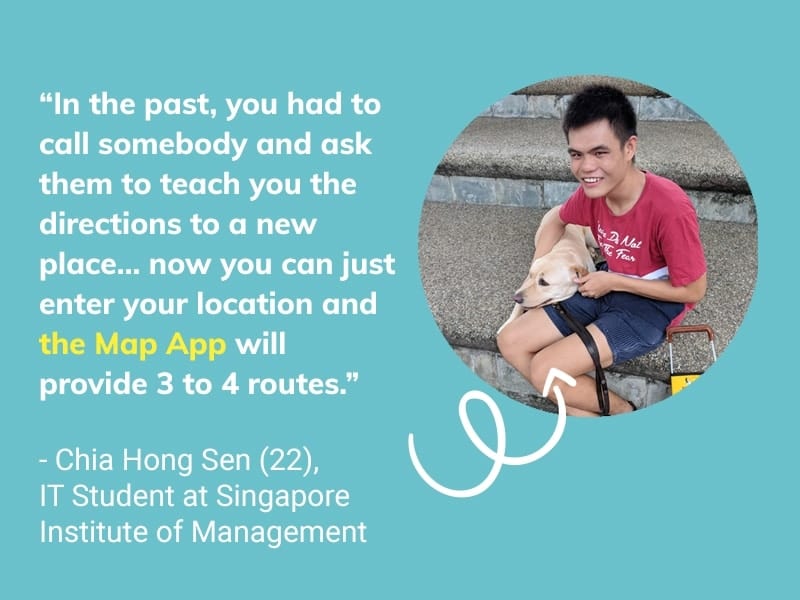
Touch screen phones became all the rage in the late 2000s, but this advancement was almost impossible to access for blind persons. One of Hong Sen’s favourite moments was when Apple introduced the voiceover function some 10 years ago. “Having the screen reader function on the phone was a starting point for us to access mobile technology. Now with this, we can join in with the rest of you”. Having the screen reader function also meant he could access many other apps, which made getting around a lot more convenient. He is also currently studying IT and is aiming to work in a related field after he graduates. #Techgoals indeed!
#2: Favourite Tech that makes life fun – Motorized Wheelchair
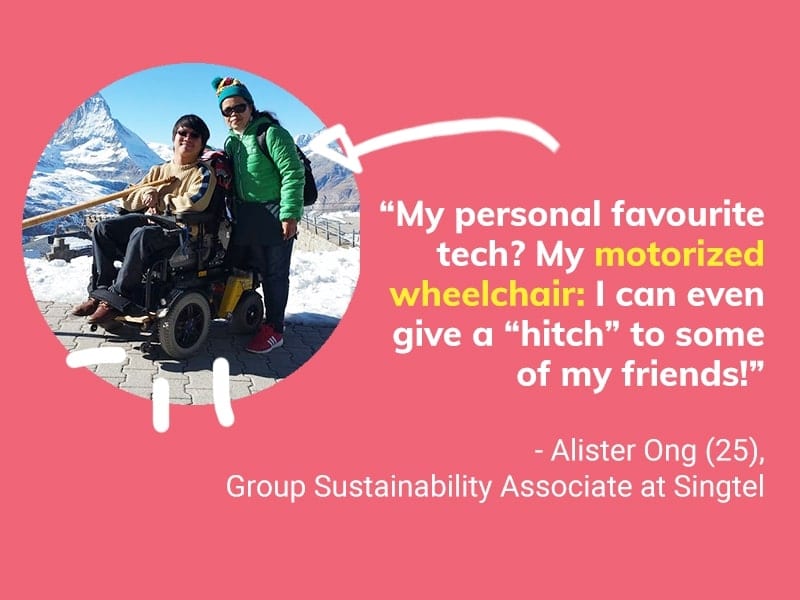
In the past, Alister was using a non-motorized wheelchair which needed the help of others to push. His breakthrough came when he changed to a motorized wheelchair that could easily be maneuvered with his fingers. The convenience of having this technology in his life has helped him to be more independent and mobile.
I even went up to the Alps with my motorized wheelchair and drifted on the snow with it!
Alister Ong
Who believes in embracing life fully.
He also recommends some ways we can make websites more disability-friendly:
- Bigger font sizes
- Stronger contrast between text and colours
- Alternate text on images, for screen reader function and apps to pick up the words
#3: The Smartphone doubles up as a magnifier for him too

Han, a Guide Coordinator at Dialogue in the Dark (Singapore), asks us to ‘imagine a small telescope that fits 1 hand’ – that was how he used to look at bus numbers whenever waiting for the bus in the past. Now, with smartphones, he uses the screen magnification feature and the camera to magnify things like restaurant menus when dining out with his family.
Did you know? Some of our smartphones come with the magnifying function pre-installed, while other operating systems have easily downloadable apps for the magnifying and flashlight functions. The degree of magnification can also be adjusted based on the needs of the individual.
#4: Connecting hearts and minds

Lily’s favourite apps to communicate include Whatsapp and Facebook messenger. Also, Facebook messenger is convenient to contact businesses for enquiries or bookings instead of phone calls, as she is deaf. Another app that gets a thumbs-up from her is Glide – a video chat messenger that is good for the deaf and those who are hard-of-hearing to allow them to connect in Sign Languages.
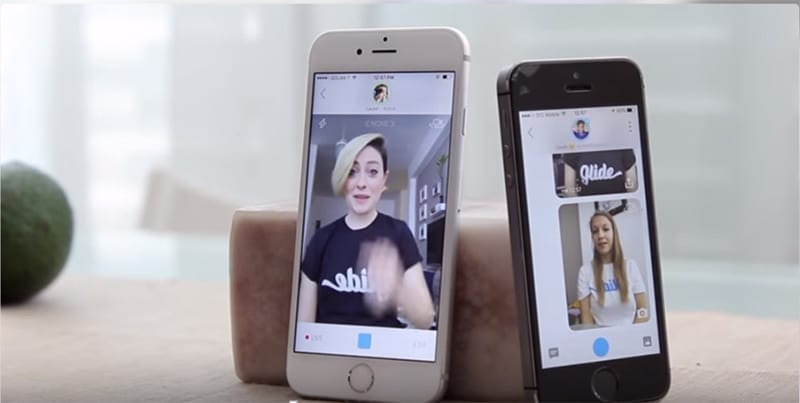
A Smart Nation is an Inclusive Nation too
Technology has helped to increase the quality of life and lower barriers for persons with disabilities. Cool apps and intuitive technology aside, it is important not to lose the human touch. Tools can never take the place of empathy, a warm hug and heartfelt communication between differently abled communities.
As a collective community, let’s learn to bridge the gaps and appreciate differences in each of us as individuals. This shared understanding will then lead to a more inclusive society.
*Source: NVPC





